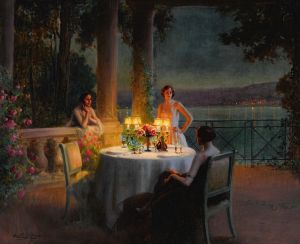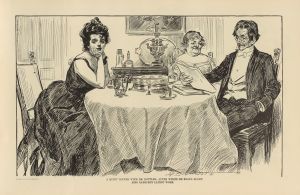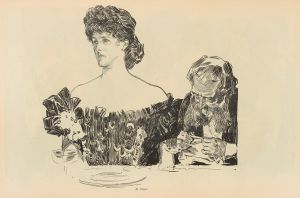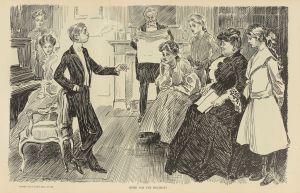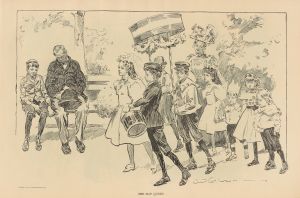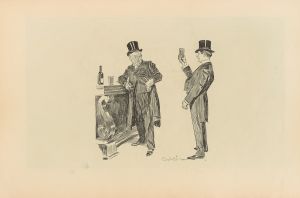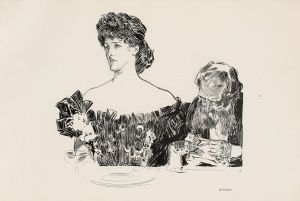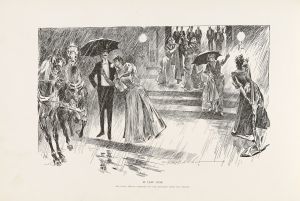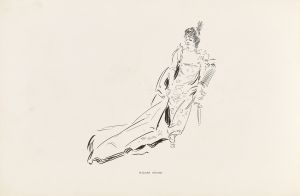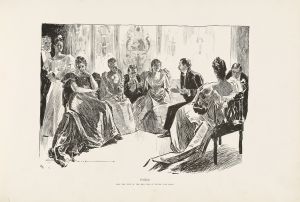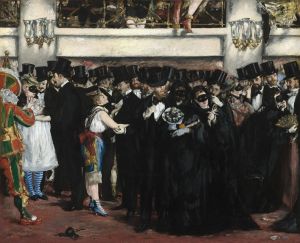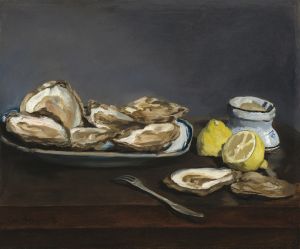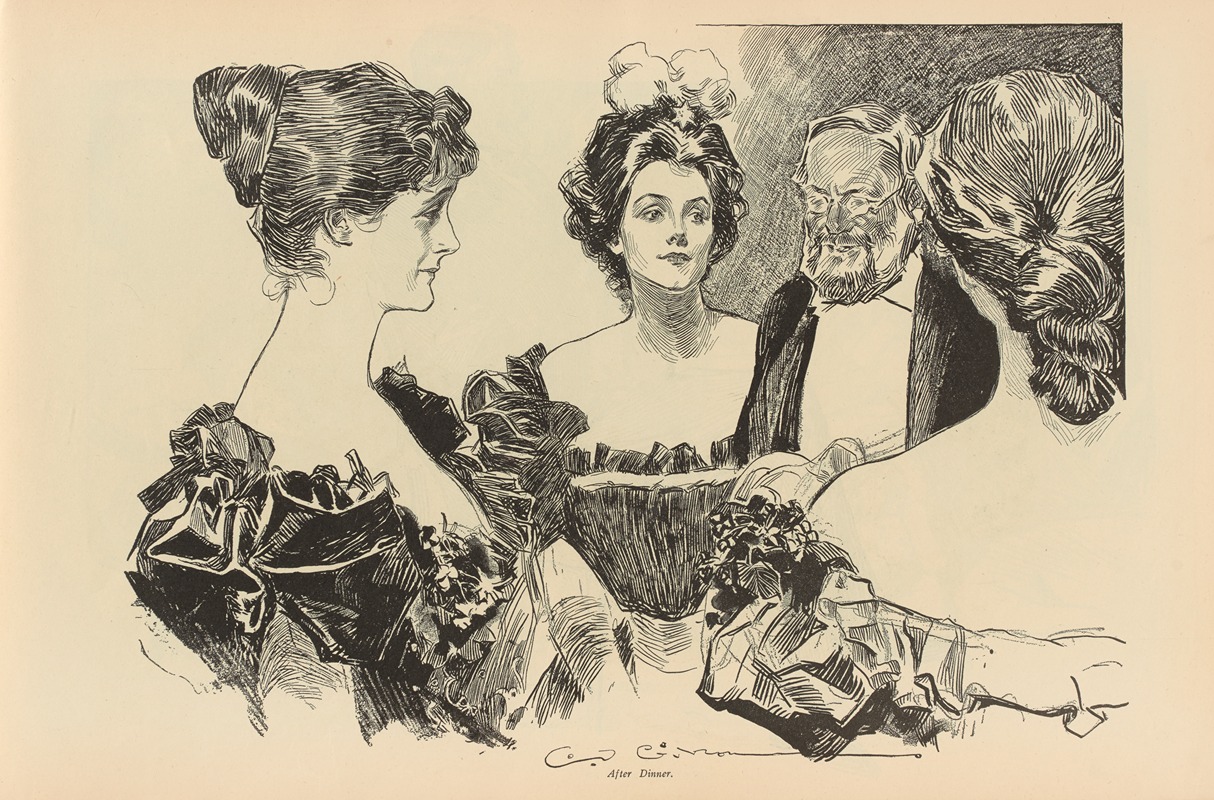
After Dinner
A hand-painted replica of Charles Dana Gibson’s masterpiece After Dinner, meticulously crafted by professional artists to capture the true essence of the original. Each piece is created with museum-quality canvas and rare mineral pigments, carefully painted by experienced artists with delicate brushstrokes and rich, layered colors to perfectly recreate the texture of the original artwork. Unlike machine-printed reproductions, this hand-painted version brings the painting to life, infused with the artist’s emotions and skill in every stroke. Whether for personal collection or home decoration, it instantly elevates the artistic atmosphere of any space.
Charles Dana Gibson was an influential American illustrator, best known for his creation of the "Gibson Girl," an iconic representation of the American woman at the turn of the 20th century. His work captured the spirit of the age and contributed significantly to the visual culture of the time. One of his notable illustrations is "After Dinner," which exemplifies his style and thematic focus.
"After Dinner" is a black-and-white illustration that showcases Gibson's skill in capturing social scenes with a keen eye for detail and character. The artwork typically features a group of elegantly dressed individuals, often in a domestic or social setting, reflecting the norms and customs of the upper-middle-class society of the late 19th and early 20th centuries. Gibson's illustrations were known for their wit and subtle social commentary, often highlighting the dynamics between men and women in a rapidly changing society.
In "After Dinner," Gibson likely portrays a scene that takes place following a formal meal, a common social ritual among the affluent during this period. The characters in the illustration are typically depicted in a relaxed yet refined manner, engaging in conversation or leisure activities. The men might be shown smoking cigars or discussing topics of interest, while the women, often depicted as the epitome of grace and elegance, might be engaged in conversation or simply observing the scene.
Gibson's work, including "After Dinner," was primarily published in popular magazines of the time, such as Life, Harper's Weekly, and Scribner's, where his illustrations reached a wide audience. His ability to capture the nuances of social interaction and the subtleties of fashion and demeanor made his work highly relatable and admired by the public.
The "Gibson Girl," a recurring figure in Gibson's illustrations, often appears in such social settings. She is characterized by her poise, beauty, and independence, embodying the idealized image of the modern American woman. While "After Dinner" may not specifically focus on the "Gibson Girl," the influence of this archetype can be seen in the depiction of the female characters, who exude confidence and sophistication.
Gibson's illustrations, including "After Dinner," played a significant role in shaping public perceptions of gender roles and social norms during his time. They offered a glimpse into the lifestyle and values of the American elite, while also subtly critiquing and satirizing the societal expectations placed upon individuals.
Overall, Charles Dana Gibson's "After Dinner" is a testament to his artistic talent and his ability to capture the essence of his era. Through his detailed and expressive illustrations, Gibson provided a window into the social fabric of his time, leaving a lasting impact on American art and culture.





